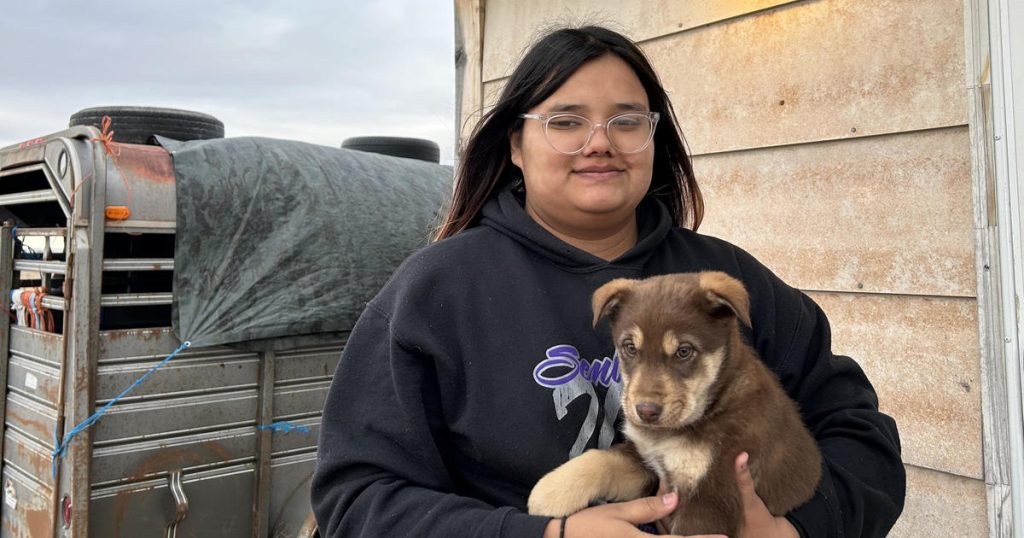Katherine Goodlow, a member of the Lower Brule Sioux Tribe, has experienced the loss of multiple friends and relatives at a young age due to suicide, car crashes, and other causes. Native Americans tend to die much earlier than white Americans, with Indigenous South Dakotans having a median age of death of 58, 22 years younger than white South Dakotans. The most common medical conditions and accidents killing Native Americans include chronic diseases, drug overdoses, and infant and maternal deaths. The factors behind this low life expectancy are attributed to social and economic forces.
Many experts on Indigenous health believe that in addition to bolstering medical care and the Indian Health Service, there needs to be a greater investment in community-based preventions such as case management, parenting classes, and home visits. Programs like Family Spirit, which provide support for Indigenous mothers and children, have shown positive health outcomes. However, these programs are not always accessible to all due to lack of resources, transportation issues, or limited internet connectivity. Some Indigenous communities also face racism, personal trauma, and generational trauma from past government policies.
Poor living conditions, lack of healthy food, and unsafe housing contribute to the premature deaths in Native American communities. Misty Merrival, who works at a funeral home, has witnessed these deaths firsthand and is taking steps to keep herself and her daughter healthy as a suicide-prevention strategy. However, despite efforts to address these disparities, many Native Americans continue to face challenges in accessing healthcare services and resources. Collaborative efforts among federal, state, and tribal governments are needed to improve life expectancy and overall health outcomes for Indigenous communities.
Efforts to improve Indigenous health also involve community-led initiatives focused on physical, emotional, cultural, and financial well-being. Organizations like Siċaŋġu Co on the Rosebud Reservation in South Dakota are working towards promoting a “good way of life” through bison restoration, youth development programs, cultural education, and food sovereignty initiatives. These programs aim to provide resources, training, and support to individuals in Indigenous communities who are struggling. Overall, addressing the disparities in life expectancy and health outcomes for Native Americans requires a comprehensive approach that addresses social, economic, and cultural factors impacting their well-being.


